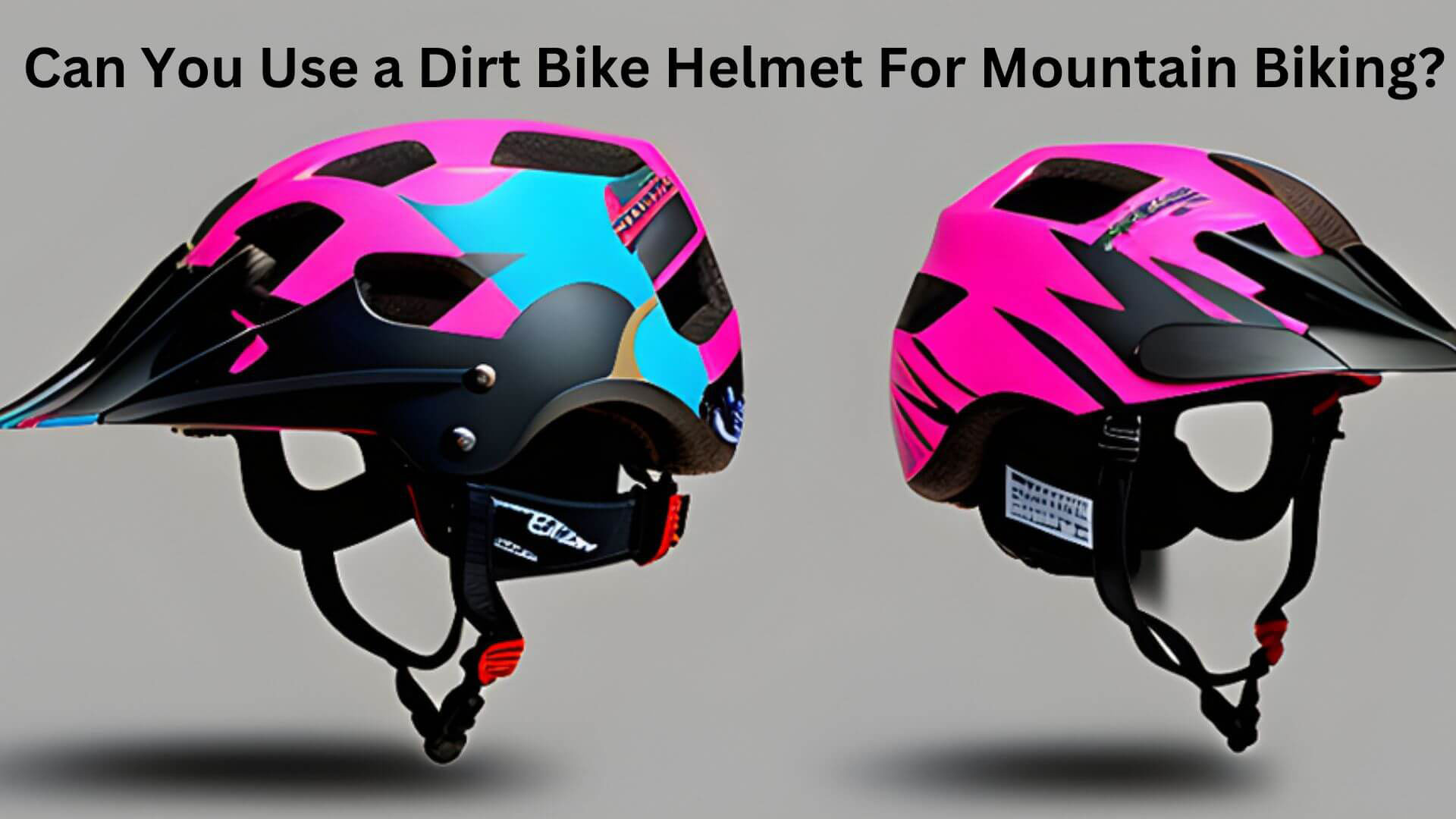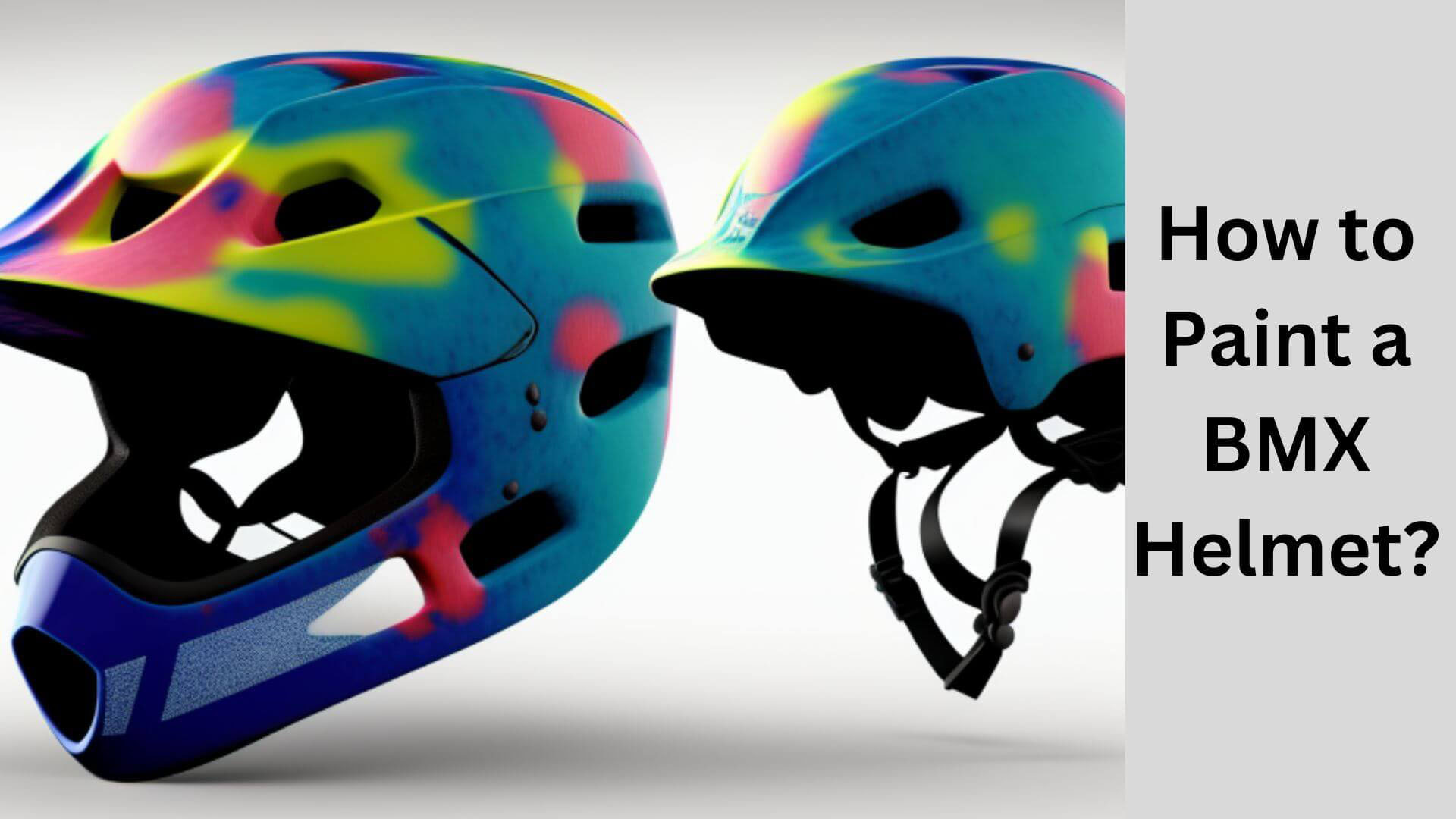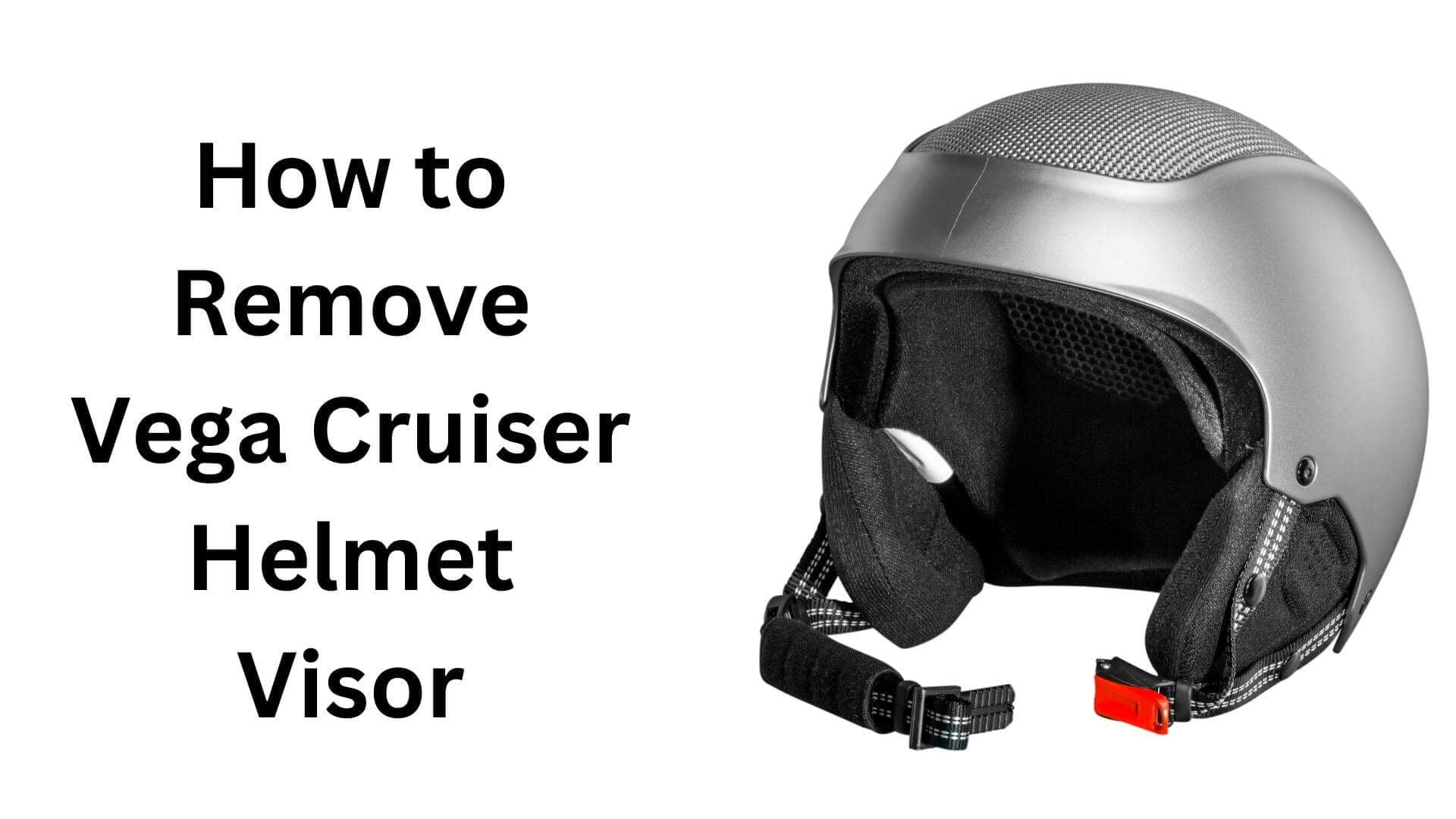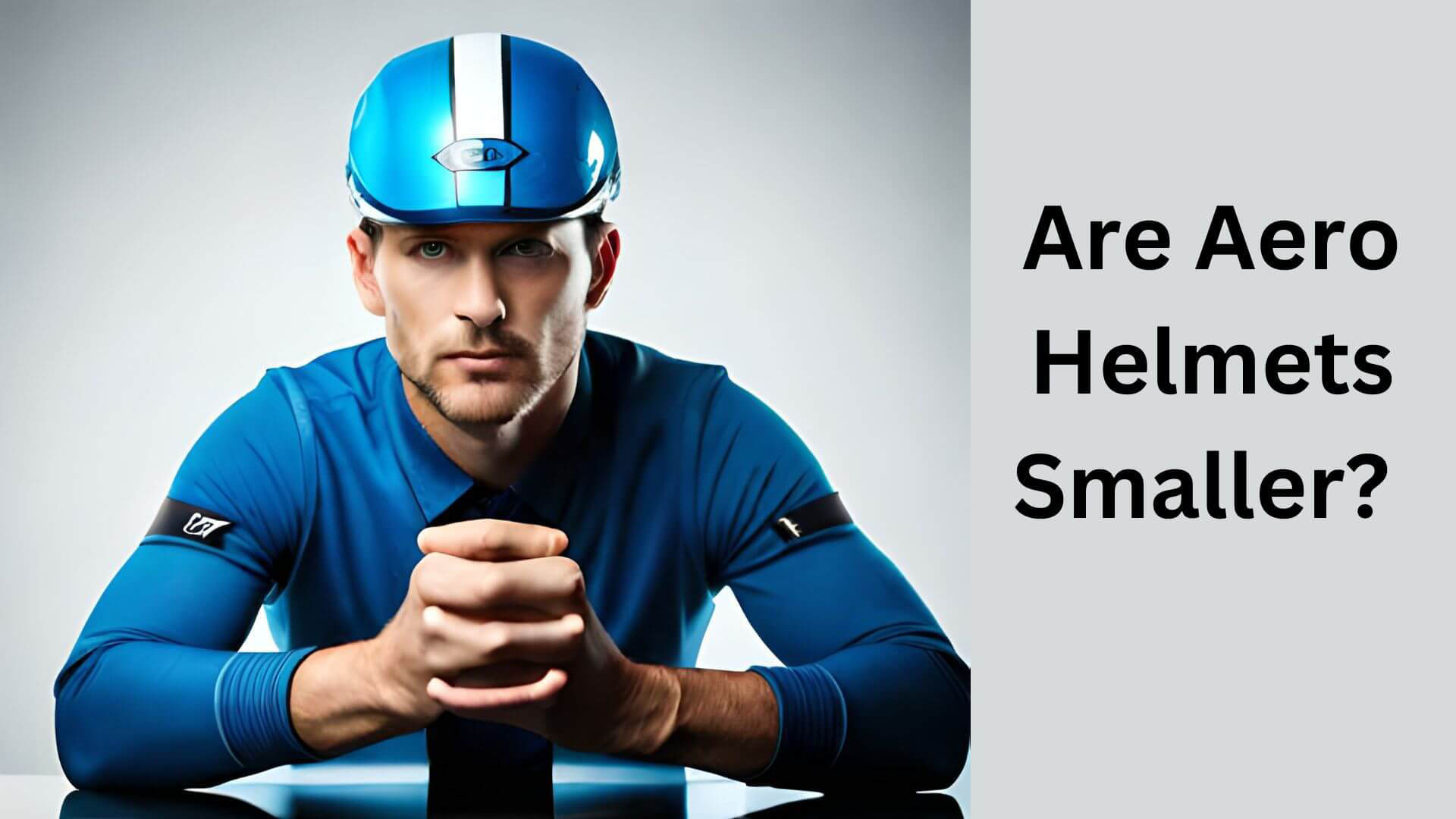How Much Does a Welding Helmet Cost? Unveiling Price Factors & Options
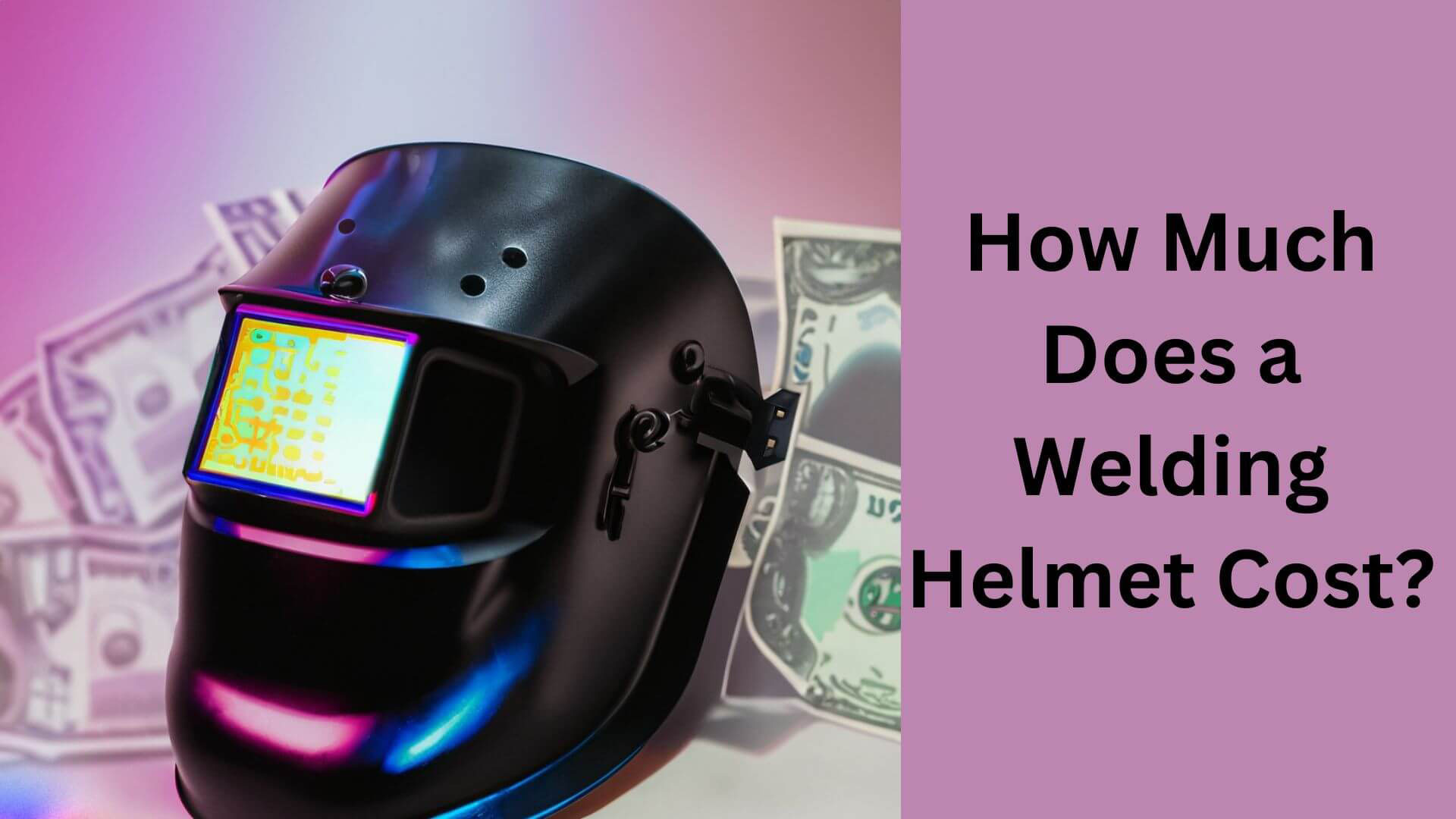
A welding helmet can cost anywhere from $30 to $500, depending on the features and quality of the helmet. Welding helmets are an essential piece of safety equipment for welders, protecting them from the harmful effects of radiation and sparks.
The cost of a welding helmet will depend on several factors, including the type of helmet, lens shade, brand, and additional features such as auto-darkening technology, grinding mode, and customization options.
Cheaper welding helmets may lack features and provide inadequate protection, while high-end helmets offer advanced features and superior protection.
It’s essential to consider the features, quality, and budget when selecting a welding helmet to ensure it meets your safety needs and provides a comfortable fit for long hours of use.
Understanding The Different Types Of Welding Helmets
Welding helmets are crucial protective gear for anyone looking to engage in welding activities. They shield against harmful radiation and bright welding flashes that could cause eye damage. You may wonder how much these helmets cost and what types are available.
Here I will explore the cost of welding helmets and dive deeper into understanding the different types of available ones.
Overview Of The Different Types Of Welding Helmets Available
Welding helmets come in different forms, and it is essential to understand each type to determine the best fit for your needs. Below are the various types of welding helmets available:
- Passive welding helmets: These feature a fixed lens shade ranging from 9 to 13. Passive welding helmets are ideal for occasional welders since they only protect against bright flashes.
- Auto-darkening welding helmets: This type of helmet comes with an auto-darkening filter that adjusts the shade of the lens depending on the welding arc’s brightness. They are the most popular type of welding helmets since they provide ample protection and are versatile.
- Flip-up welding helmets: Flip-up helmets come with a fixed or auto-darkening filter lens. They have a hinged visor that you can flip open to expose a clear grinding shield, saving you time changing helmets from welding to grinding.
- 3-in-1 welding helmets: These helmets offer multi-functionality, serving as welding, grinding, and torching helmets. They come with interchangeable lens systems, allowing you to switch between functions swiftly.
Read More: Unveiling Welding Helmet Speed: Striking the Perfect Balance
Pros And Cons Of Each Type of Welding Helmet
Each type of welding helmet has its benefits and drawbacks, and understanding them is crucial to making an informed decision. Below I’ve broken down the pros and cons of the different types of welding helmets:
| Type of Welding Helmet | Pros | Cons |
| Passive Welding Helmet | 1. Affordability: Generally more budget-friendly than other types of helmets, making them suitable for beginners or occasional welders. | 1. Manual Adjustment: Requires manually flipping the lens up and down, potentially disrupting workflow and causing neck strain over extended periods. |
| 2. Durability: Simplicity in design often translates to increased ruggedness and resistance to wear and tear. | 2. Limited Visibility: Fixed shade lenses may limit visibility when transitioning between welding processes or environments. | |
| 3. Reliability: Lack of electronic components reduces the risk of malfunction or damage due to power failure or extreme temperatures. | 3. Reduced Productivity: Frequent helmet adjustments may reduce productivity and workflow interruptions. | |
| 4. Longevity: Passive helmets have a longer lifespan as they are not reliant on electronic components that may wear out over time. | ||
| Auto-Darkening Welding Helmet | 1. Enhanced Safety: Automatically adjusts to varying light conditions, providing optimal protection without manual adjustments. | 1. Cost: Auto-darkening helmets are more expensive than passive helmets. |
| 2. Convenience: Eliminates the need to lift and lower the helmet repeatedly, improving workflow and reducing neck strain. | 2. Battery Dependency: Requires batteries or a solar power source for the auto-darkening feature to function. | |
| 3. Versatility: Offers varying shades and sensitivity settings, allowing customization based on welding applications and personal preference. | 3. Sensor Limitations: Certain angles or positions may hinder the sensors’ ability to detect the welding arc, resulting in delayed darkening. | |
| Flip-up Welding Helmet | 1. Dual Functionality: Allows easy transition between a full-face protection mode and a partial-face mode for tasks requiring more visibility. | 1. Bulkier Design: The flip-up mechanism adds extra weight and bulk to the helmet, potentially causing discomfort during prolonged use. |
| 2. Increased Visibility: When flipped up, the helmet offers unobstructed visibility for tasks such as grinding or inspecting welds. | 2. Limited Shade Options: Some flip-up helmets may have fewer shade options than dedicated welding helmets, limiting their versatility. | |
| 3. Flexibility: Wearing the helmet in a raised position improves communication and ventilation when not actively welding. | ||
| 3-in-1 Welding Helmet | 1. Versatility: Combines a welding helmet, a grinding shield, and a splash guard into a single multifunctional unit, eliminating the need for multiple pieces of equipment. | 1. Complex Design: Integrating multiple features may lead to a more complex helmet design, potentially affecting comfort and weight distribution. |
| 2. Time and Cost Savings: Having multiple functionalities in one helmet reduces the need for purchasing and switching between different equipment, saving time and money. | 2. Reduced Specialization: The all-in-one design may offer a different level of specialisation or optimal performance than dedicated individual equipment. | |
| 3. Convenience: Provides seamless transitions between welding, grinding, and other tasks without changing helmets or shields. |
Consider your specific welding needs, budget, and comfort preferences when selecting passive, auto-darkening, flip-up, or 3-in-1 welding helmets. Each type offers distinct advantages and disadvantages; choosing the right one will ensure safe and efficient welding.
How Cost Varies Depending On The Welding Helmet?
The cost of welding helmets varies depending on the type, ranging from inexpensive passive welding helmets to costly 3-in-1. Below is a breakdown of the cost of each type of welding helmet:
- Passive welding helmets: These are the cheapest, ranging from $20 to $60, making them ideal for individuals engaging in occasional welding activities.
- Auto-darkening welding helmets: The price range varies significantly, with an average price of around $100 to $400.
- Flip-up welding helmets: Flip-up welding helmets are more expensive than passive welding helmets, ranging from $100 to $400.
- 3-in-1 welding helmets: These helmets are the most expensive, with prices ranging from $200 to $800, depending on the brand, functionality, and quality of the helmet.
Welding helmets are crucial equipment that protects against harmful radiation and bright welding flashes.
The price of welding helmets varies depending on the type, making it crucial to understand each type’s pros and cons to make an informed decision.
Whether you are a professional or an occasional welder, there is a welding helmet suitable for your needs and budget.
Read More: How Often Should You Replace a Welding Helmet?
Factors That Influence Welding Helmet Cost
You may wonder how much it will cost if you want a new welding helmet. Various factors contribute to the cost of a welding helmet, including the quality of the materials used, brand reputation, product features, and intended use.
Here’s a breakdown of these factors to help you understand how much you can expect to pay for a welding helmet.
1. Material Quality
The quality of materials used in a welding helmet can significantly impact the price. A sturdy and durable welding helmet typically features a higher quality material construction, such as polycarbonate, nylon, or fiberglass. It may have additional protective features like superior lens coatings or an extended viewing area.
Welding helmets made with cheaper, lower-quality materials may be more affordable upfront, but they may not last as long, which can cost you more in the long run.
- Higher-quality materials can result in a longer-lasting and more durable welding helmet.
- Lower-quality materials may save you money upfront but may wear out more quickly.
2. Brand Reputation
also plays a role in the cost of a welding helmet. Welding helmets from well-known and reputable brands typically cost more due to their established credibility and quality standards.
However, smaller or lesser-known brands may still offer high-quality helmets at a more affordable price.
- Popular brands often command a higher price, but this can be due to the perceived quality and reliability they provide.
- Lesser-known brands may offer quality products at a lower price, but it’s essential to research the brand before purchasing.
3. Features And Capabilities
Welding helmets come with a range of features and capabilities that can increase the overall cost of the product.
Welding helmets with advanced features like auto-darkening lenses, adjustable sensitivity controls, and longer battery life may cost more but can provide added convenience and safety benefits.
- Additional features and capabilities come with an increased cost.
- Advanced features like auto-darkening lenses or adjustable sensitivity controls can improve welding safety and convenience.
4. Intended Use
Finally, the intended use of the welding helmet can influence the overall cost. Heavy-duty welding helmets for industrial use may cost more than those intended for light-duty or hobbyist use.
Additionally, helmets designed to protect against specific types of welding, such as tig or mig welding, may have specialized features that increase their price.
- The intended use of the welding helmet can influence the price tag.
- Heavy-duty helmets designed for industrial use may cost more than those intended for hobbyists.
- Welding helmets designed for specific welding types may have specialized features contributing to their cost.
The cost of a welding helmet can vary depending on the quality of materials, brand reputation, features, and capabilities, and intended use. When purchasing a welding helmet, it’s essential to research the product’s specifications and compare prices from different brands to ensure that you’re investing in a quality product that meets your needs.
Read More: How Long Should a Welding Helmet Last?
How Much Does A Welding Helmet Cost For Beginners?
Are you a beginner looking to purchase a welding helmet? Welding helmets protect your eyes and face from the intense light, heat, and sparks produced during welding. Prices vary depending on the helmet’s type, quality, and features.
1. Cost Of Welding Helmets For Beginners
can cost between $30 to $100. The price range will significantly depend on the quality, durability, and level of comfort the helmet provides.
Helmets towards the lower end of the price range will be suitable for occasional welding tasks, whereas helmets on the higher end can withstand more frequent use.
2. Different Options Available For Beginners
There are different types of welding helmets for beginners, and the most common ones are auto-darkening and passive helmets.
Each has advantages and disadvantages, so it’s best to consider your needs before picking one.
3. Auto-Darkening Helmets
Auto-darkening helmets have a filter lens that changes to a darker shade when it detects the welding arc. The lens usually has adjustable sensitivity and delay settings. They are more expensive than passive helmets but offer better protection and visibility.
Some pros and cons of auto-darkening helmets:
Pros:
- Suitable for beginners and professional welders.
- Offers better protection and visibility than passive helmets.
- Reduces eye strain and fatigue due to less switching on and off.
Cons:
- They are more expensive than passive helmets.
- Requires battery power to operate the auto-darkening feature.
Passive Helmets
On the other hand, passive helmets have a fixed shade lens that requires the user to flip it down manually when welding. They are generally cheaper than auto-darkening helmets but offer less protection and visibility.
Here are some pros and cons of passive helmets:
Pros:
- Cheaper than auto-darkening helmets.
- Simple to use.
- No battery is required.
Cons:
- Offers less visibility and protection than auto-darkening helmets.
- It can cause eye strain and fatigue due to frequent flipping.
Beginners can purchase a welding helmet for as little as $30 or as much as $100, depending on the helmet’s quality, durability, and features.
Auto-darkening helmets are more expensive but offer better protection and visibility, while passive helmets are cheaper but offer less visibility and protection.
Make an informed decision based on your needs and budget to ensure you get a welding helmet that will provide you with the best welding protection.
Read More: How to Clean Welding Helmet?
What To Look For When Buying A Welding Helmet?

Welding helmets are essential for welders, protecting their eyes and face from potential damage. If you’re in the market to buy one, you might wonder how much a welding helmet costs and what features to look for.
In this post, we’ll explore the key features to consider when selecting a welding helmet and how these features can affect the overall cost.
Key Features To Consider When Selecting A Welding Helmet
1. Lens Shade
When selecting a welding helmet, the lens shade is one of the essential features to consider. The lens shade determines how much light enters the helmet, and this can range from a shade level of 8 to 13.
The darker the lens shade, the more protection it provides. However, a lighter lens shade is preferred if you’re working on projects requiring more visibility. Remember that the darker the lens shade, the more it can cost.
2. Auto-Darkening Vs Passive Lens
Another factor to consider is whether you want an auto-darkening or passive lens. A passive lens is a fixed shade, typically at a shade level of 10, meaning the lens will not change before, during, or after welding.
On the other hand, an auto-darkening lens adjusts its shade according to the amount of light present. Auto-darkening lenses are more expensive, but they might be worth the investment if you want convenience.
3. Sensitivity And Delay
Sensitivity and delay refer to how fast the lens responds to changes in the light source. Sensitivity determines how much light must enter the helmet to darken the lens. The delay is the time it takes for the lens to switch back to its normal shade after welding.
These features can affect your work efficiency, so it’s important to consider your welding style and frequency. The higher the sensitivity and shorter the delay, the more expensive the helmet will be.
4. Weight And Comfort
Lastly, you should consider the weight and comfort of the welding helmet. A comfortable helmet is crucial since it affects your work efficiency, and the weight is more critical for welders who work long periods. A lightweight helmet ensures that you don’t strain your neck muscles.
An added comfort feature could be a sweatband inside the helmet that could also absorb moisture and reduce fogging. However, additional comfort features can increase the price tag of the welding helmet.
How Can These Features Affect The Overall Cost?
The key features mentioned above can impact the overall cost of the welding helmet. The more advanced the features, the more expensive the welding helmet. An auto-darkening lens, high sensitivity, and short delay would make a welding helmet expensive.
A helmet with a dark lens shade, a lightweight design, and an additional comfort feature would also increase the helmet’s price. When shopping for a welding helmet, decide which features are necessary, and keep your budget in mind before deciding.
Selecting a welding helmet is more complex than you might have initially thought. With so many features and options to choose from, determining which ones best suit your needs can get a bit overwhelming.
However, knowing what to look for in a welding helmet can make the process less intimidating and ensure you get the best value for your money.
How Much Does A Professional Welding Helmet Cost?
Welding helmets are essential protective gear for professionals. They serve as the first line of protection against the harmful side effects of welding, including sparks, spatter, and bright light. But, as with any high-quality equipment, different brands, styles, and models are available in the market, each with varying prices.
Cost Of Welding Helmets For Professionals
The cost of welding helmets for professionals can vary significantly depending on the brand and features of the helmet. In general, professional welding helmets range from $100 to $500.
Different Options Available For Professionals
There are different welding helmets available for professionals, including:
- Fixed-shade welding helmets: Fixed-shade helmets come with one dark shade setting that cannot be adjusted. These helmets are typically the cheapest option and suitable for welding with the same material and thickness.
- Variable-shade welding helmets: Variable-shade welding helmets allow the welder to adjust the shade level according to the brightness of the light produced by the welding arc. This feature ensures better protection for the welder and increased accuracy in welding.
- Auto-dng welding helmets: Auto-darkening welding helmets are the most advanced type of welding helmet available, and they come with a self-darkening filter lens that reacts to the brightness of the welding arc automatically. These helmets offer superior protection and increased productivity.
Advantages And Disadvantages Of Each Option
1. Fixed shade welding helmets:
Advantages:
- Lowest price point
- Suitable for welding jobs with uniform thickness and material
Disadvantages:
- Only one shade setting is available
- Not suitable for variable welding projects
2. Variable shade welding helmets:
Advantages:
- Adjustable shade setting
- Suitable for different welding projects
- Available at an affordable price point
Disadvantages:
- It may not be dark enough for high-amperage welding.
3. Auto-darkening welding helmets:
Advantages:
- The most advanced type of helmet available
- Highest level of protection
- Increases productivity by eliminating the need to flip the helmet up and down
Disadvantages:
- Most expensive option
- More complex designs may require careful handling and maintenance.
Professional welding helmets come in various types, models, and prices. Choosing a helmet that provides optimum protection is crucial, but it is also essential to consider the cost.
Assessing the advantages and disadvantages of each option will help you make an informed decision about the type of welding helmet that best suits your needs and budget.
Comparing High-End Vs. Low-End Welding Helmets

Welding is a difficult process that requires protective gear, and welding helmets are a crucial part of that equipment. Choosing the fitting welding helmet can make a significant difference in both safety and productivity. However, various options are available in the market, with different prices and quality levels.
I will explore the differences between high-end and low-end welding helmets and how cost affects the quality of the welding helmet.
| Aspect | High-End Welding Helmets | Low-End Welding Helmets |
| Construction Quality | Constructed with durable materials for long-lasting performance. | Often made with lower-quality materials, resulting in decreased durability. |
| Optical Clarity | Offers superior optical clarity, providing a clear view of the welding area. | May have lower-quality lenses that can distort vision or reduce visibility. |
| Auto-Darkening Feature | Equipped with advanced technology, ensuring quick and precise adjustments to varying light conditions. | Some low-end models may have slower or less accurate auto-darkening functionality. |
| Comfort and Fit | Designed with ergonomic features for a comfortable fit during extended use. | Fit and comfort may be compromised due to less attention to ergonomic design. |
| Sensitivity Settings | Provides a wide range of sensitivity settings for customised arc detection. | Limited sensitivity settings, reducing the ability to fine-tune according to welding requirements. |
| Grind Mode | Includes a dedicated grind mode for a convenient transition between welding and grinding tasks. | It may lack a dedicated grind mode, requiring manual adjustments or lens replacements. |
| Brand Reputation | High-end brands are known for their quality and reliability, backed by positive customer reviews and industry recognition. | May lack a strong brand reputation or have mixed reviews regarding product performance. |
| Extra Features | High-end helmets may offer additional features such as adjustable shade levels, digital displays, and extended warranty options. | Provides a wide range of sensitivity settings for customized arc detection. |
| Price | High-end welding helmets are typically more expensive due to their advanced features and superior build quality. | Low-end helmets are more affordable but may sacrifice certain features and longevity. |
How Cost Affects The Quality Of The Welding Helmet
Welding helmets vary in price, ranging from under $50 to over $500. However, the cost of a welding helmet often reflects the quality of the helmet. Here are some ways the cost affects the quality of a welding helmet:
- Lens quality: The cost of the helmet can significantly impact the quality of the lens. High-end helmets often have advanced auto-darkening lenses with superior optical clarity, while low-end helmets may have fixed-shade lenses with lower-quality optics.
- Comfort and adjustability: The cost of the helmet can affect the comfort and adjustability of the helmet. High-end helmets often have ergonomic features and advanced adjustability options, providing maximum comfort and stability. Low-end helmets may lack these features, leading to discomfort and fatigue.
- Durability: The cost of the helmet can also impact the durability and resistance of the helmet. High-end helmets are built to last, with superior materials and construction, making them more durable and resistant to damage. Low-end helmets may have lower-quality materials and construction, making them less durable and susceptible to damage.
- Features: Finally, the cost of the helmet can affect the number and quality of features included in the helmet. High-end helmets often have advanced features such as automatic power-off, adjustable shade levels, and sensitivity control, providing optimal protection and convenience. Low-end helmets may lack some features, making them less versatile and harder to use.
The cost of a welding helmet can significantly affect the quality and features of the helmet. High-end welding helmets offer superior protection, comfort, and versatility, while low-end helmets often have lower quality and fewer features.
When choosing a welding helmet, consider your budget and the level of protection and features you need to make the right decision.
Read More: Store Welding Helmets Safely.
Frequently Asked Questions On How Much Does A Welding Helmet Cost?
What Factors Affect The Cost Of A Welding Helmet?
Factors that determine the cost are brand, features, lens quality, and durability.
What Is The Average Cost Of A Welding Helmet?
A welding helmet ranges from $20 to over $500.
Why Are Some Welding Helmets More Expensive Than Others?
Expensive helmets typically have better-quality lenses, advanced features, and superior durability.
Is It Worth Investing In A High-Priced Welding Helmet?
Choosing a helmet with good-quality lenses and durability within your budget is recommended.
Where Can I Find Affordable Welding Helmets?
You can find affordable welding helmets at hardware stores, online marketplaces, and directly from manufacturers.
Final Fate
After reading this guide, you should clearly understand how much welding helmets cost. The prices vary depending on the type and brand of the helmet.
Some factors that affect the cost include the quality and durability of the helmet, lens shade, and auto-darkening features.
Finding the fitting welding helmet that meets your needs and budget is essential. A good quality welding helmet protects your face and eyes from harmful UV and infrared rays and improves your productivity and quality of work.
Remember to do your research, read reviews and ask for recommendations to find the perfect welding helmet for your needs. Invest in a welding helmet that is comfortable, reliable and, most importantly, protects your face and eyes from potential harm.

Hey, I’m Hrithik Hossain. I am the head of helmethacks.com, which specializes in safety helmets. I am looking to connect with anyone interested in purchasing a helmet or who has any questions about different types of helmets. I have over 8 years of experience as a helmet expert, and I can’t wait to help you find the perfect helmet for you. I can help you with any questions regarding helmets, from the best brands to fitting, style, and more! I really enjoy keeping people safe by ensuring they have the best protection possible.

